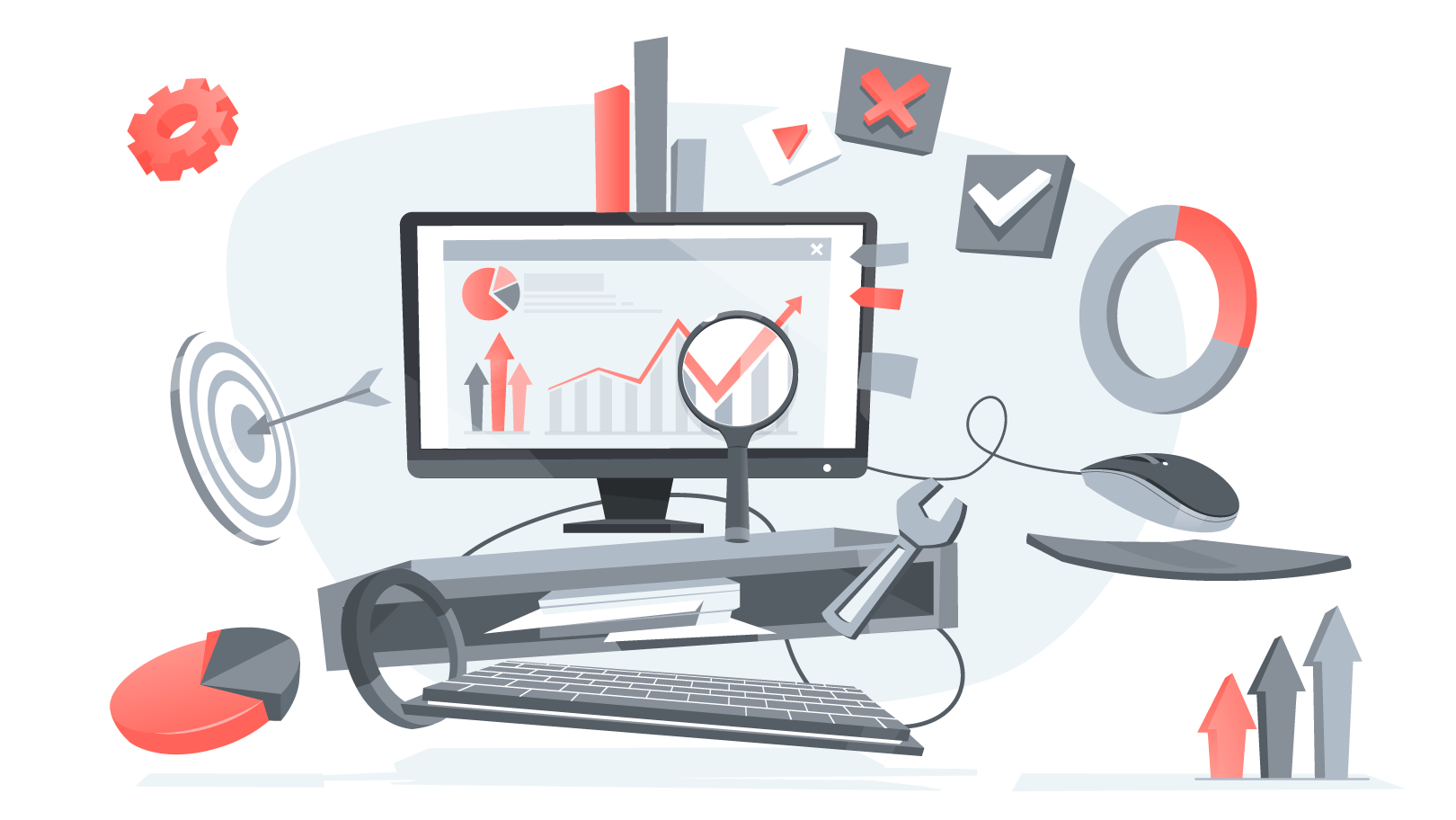In today’s hyper-connected digital world, public relations has evolved far beyond traditional press releases and media pitches. The modern PR professional operates in a world where every campaign can be measured, analyzed, and optimized in real-time. Data-driven PR has emerged as the cornerstone of successful communication strategies, transforming how organizations connect with their audiences and measure success.
Gone are the days when PR professionals relied solely on intuition and experience to craft messaging. The integration of sophisticated analytics tools has ushered in a new era where concrete metrics guide decision-making processes, from identifying target audiences to measuring campaign impact. This shift represents more than just a technological upgrade—it’s a fundamental reimagining of how public relations creates value for businesses.
Today’s PR world demands more than creativity—it requires the intelligent application of data to create meaningful connections with audiences. Organizations that master these analytical capabilities position themselves for greater success in an increasingly competitive market, where the ability to prove ROI and demonstrate clear business impact has become essential for securing resources and executive buy-in.
Understanding Data-Driven PR: The Foundation of Modern Communications

Data-driven PR represents a strategic approach that uses quantitative insights to guide every aspect of communication planning and execution. At its core, this methodology revolves around collecting, analyzing, and applying data to make informed decisions about target audiences, messaging strategies, and campaign optimization. This approach ensures that PR efforts are grounded in evidence rather than assumptions, leading to more effective campaigns and measurable business outcomes.
The transformation from traditional to data-driven PR reflects broader changes in how businesses operate in the digital age. Organizations now have access to unprecedented amounts of information about their audiences, competitors, and market conditions. This wealth of data enables PR teams to move beyond generic messaging toward highly personalized communications that resonate with specific audience segments.
Modern data-driven PR encompasses several key components: audience analysis through demographic and behavioral data, content performance tracking across channels, competitor analysis using social listening tools, and real-time campaign adjustments based on performance metrics. These elements work together to create a comprehensive framework for strategic communication that can be continuously refined and improved.
Essential Analytics Tools for PR Success
The modern PR toolkit has expanded dramatically, incorporating sophisticated measurement platforms that provide comprehensive insights into campaign performance. Google Analytics remains the foundational platform for understanding website visitor behavior and campaign attribution, offering critical insights for PR planning through audience segmentation, conversion path tracking, and engagement measurement.
Media intelligence platforms like Meltwater and Cision provide comprehensive tracking of earned media coverage, journalist relationships, and campaign performance metrics. These tools enable PR professionals to monitor their brand’s visibility, reputation, and media presence while tracking mentions and media reach across multiple channels.
Social listening tools represent another crucial component of the analytics arsenal. Platforms like Sprout Social, Hootsuite Analytics, and Brandwatch help track brand conversations across digital channels, providing insights into public sentiment and identifying emerging trends. These tools enable PR teams to understand how audiences discuss their brand organically and craft messages that resonate with specific segments.
The integration of artificial intelligence and machine learning into PR analytics tools signals the next phase of evolution, offering predictive analytics for campaign planning, automated sentiment analysis, real-time crisis detection, and personalized content recommendations. Companies like IBM already use AI-powered analytics to predict media trends and optimize their PR strategies.
Audience Analysis and Segmentation Through Data

Understanding your target audience forms the foundation of effective PR messaging, and analytics tools provide unprecedented insights into demographic data, social media behaviors, and engagement patterns. This granular insight allows PR professionals to craft bespoke messages that resonate on a personal level, significantly increasing the likelihood of engagement and campaign success.
Data analytics enables PR teams to analyze extensive amounts of customer feedback, online behaviors, and demographic details to spot trends and sentiments that inform personalized messaging. Companies can utilize platforms like Thematic to evaluate customer opinions and reveal common themes or emotional reactions regarding products or services, allowing PR teams to develop messages that directly address audience concerns, desires, and experiences.
Audience segmentation goes beyond basic demographics to include behavioral patterns, content preferences, and communication channel preferences. This level of granularity ensures that messages are tailored to the specific interests and preferences of different audience segments, increasing the likelihood of campaign success. The ability to understand audience nuances enables PR professionals to create highly focused and relevant communications that address unique preferences and requirements.
Crafting Data-Informed Messaging Strategies
The process of creating effective PR messaging now begins with comprehensive data analysis rather than creative brainstorming sessions. Successful PR campaigns start with audience analysis through demographic and behavioral data, content performance tracking across channels, competitor analysis using social listening tools, and the establishment of frameworks for real-time campaign adjustments based on performance metrics.
Data analytics reveals what type of content audiences consume, their primary concerns, and which calls to action prove most effective. This approach ensures that campaigns are not just seen but are also impactful, driving higher conversion rates and enhancing brand loyalty. When feedback indicates widespread dissatisfaction with a particular product feature, a PR initiative can emphasize how the company is addressing this concern, demonstrating responsiveness and commitment to improvement.
The customization of messaging based on data insights enhances the authenticity of PR endeavors while fostering stronger connections with important stakeholders. This personalized approach moves beyond generic communications toward content that directly addresses audience concerns and experiences, creating more meaningful engagement opportunities.
Measuring and Optimizing Campaign Performance

Modern PR measurement combines quantitative data from multiple sources to paint a complete picture of campaign effectiveness, moving beyond traditional metrics like advertising value equivalency and clip counting. Today’s measurement framework includes social media sentiment tracking, engagement rates, conversion data, website traffic analysis, and comprehensive ROI calculations.
Real-time campaign optimization has become a critical capability for PR teams. When Airbnb launched its Open Homes initiative during COVID-19, they used real-time social listening to gauge public reaction and refine messaging, helping them earn positive coverage and drive program adoption. This agile approach demonstrates how analytics enable PR teams to monitor and adjust campaigns as they unfold.
The key to successful optimization lies in establishing monitoring dashboards that surface relevant metrics quickly, focusing on leading indicators that predict campaign success rather than just trailing metrics. Major brands like IBM use multi-touch attribution to understand how earned media influences the buyer journey, helping PR teams optimize spend and justify bigger budgets.
Proving ROI and Business Impact
Analytics have transformed how PR demonstrates value to leadership, moving beyond counting clips to showing direct attribution of PR to website traffic and conversions, correlation between positive coverage and sales, brand sentiment improvement over time, and share of voice gains versus competitors. This shift enables PR teams to prove their business impact and secure necessary resources for future campaigns.
The establishment of clear KPIs tied to business goals allows leading PR teams to use analytics to optimize toward specific metrics. Microsoft’s communications team tracks share of voice compared to competitors, sentiment trends across earned media, message pull-through in coverage, and correlation between PR activities and business results, creating a framework that allows them to double down on effective tactics while adjusting or abandoning ineffective approaches.
Data-driven PR has fundamentally transformed how organizations approach public relations, creating opportunities for more targeted, effective, and measurable communications. As the field continues to evolve, mastering analytics capabilities and using data insights to shape PR strategies will become increasingly critical for success. The goal isn’t just to collect data, but to turn it into actionable insights that drive better results and demonstrate clear business value.

